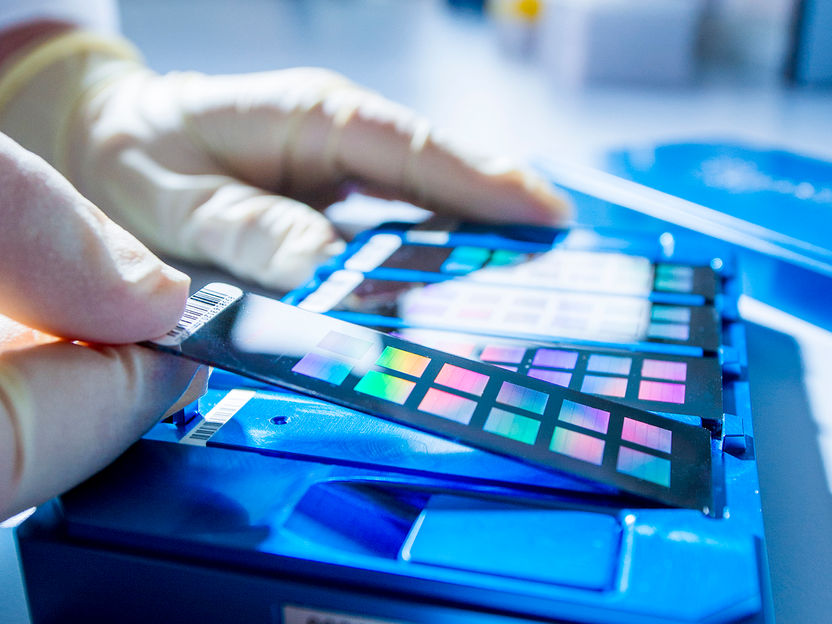Large-scale genetic study sheds light on the causes of hemorrhoids
International research team identified pathophysiological mechanisms of hemorrhoidal disease by studying the DNA of nearly one million people
Advertisement
Found at the very end of the digestive tract, hemorrhoids are blood-filled cushions that help contain stool and control defecation in humans. Often confusing, the word hemorrhoids is also used to refer to hemorrhoidal disease (or piles), in which hemorrhoids enlarge, causing itching, burning, eczema, soiling and bleeding, thus limiting everyday activity. While the symptoms mostly remain mild enough to be resolved with conservative treatment (usually grade I-II hemorrhoids), more severe forms of hemorrhoidal disease require surgical treatment associated with considerable disease burden (usually grade III-IV hemorrhoids). They affect a large part of the population, while the causes are mostly unknown. Many risk factors have been suggested including a sedentary lifestyle, obesity, reduced dietary fiber intake, spending excess time on the toilet or straining during defecation and strenuous lifting, with several being controversially discussed. Possibly due to their intimate nature, hemorrhoidal disease has been generally understudied, and neither the exact molecular mechanisms nor the reasons why only some people develop advanced disease are known, hence undocumented theories, myths and hypotheses have become manifest even in the scientific literature. Now new research published in the journal Gut provides important insights, through world-wide collaboration and the analysis of the genetic make-up of almost one million people.

About one million DNA samples were analyzed using modern biochips (so-called SNP arrays).
© Oliver Franke, Uni Kiel
In the new study, coordinated by Professor Andre Franke of the Institute of Clinical Molecular Biology (IKMB) at Kiel University, Germany, and Professor Mauro D’Amato of the research institute CIC bioGUNE in Bilbao, Spain, researchers looked at millions of DNA changes in the genome of 218,920 patients and 725,213 healthy people from UK Biobank, 23andMe and other population-based cohorts. They identified 102 regions in the human genome that contain genes contributing to increased risk of hemorrhoidal disease.
Further they performed single cell analyses from tissue samples of hemorrhoids. Thus, they could show, that the newly discovered risk genes are primarily expressed in blood vessels and gastrointestinal tissues, and collectively involved in controlling smooth muscle function and the development and integrity of epithelial and endothelial structures in the gut. “Our findings indicate that hemorrhoidal disease results, at least in part, from dysfunction of smooth muscle, epithelial and connective tissue. This points to specific mechanisms in an otherwise poorly characterized common condition, and may lead to the development of additional non-invasive therapeutic options in the long run” commented Andre Franke, who is also a member of the German Cluster of Excellence “Precision Medicine in Chronic Inflammation” (PMI).
The researchers also summarized the new genetic information into polygenic risk scores (PRS) and tested them on three other cohorts, that were not included in the original analysis. Indeed, higher PRS were associated with increased risk of hemorrhoidal disease, younger age at diagnosis, and need for surgery in the analysed 180,435 additional individuals. The team also reported genetic similarities between hemorrhoidal disease and several other gastrointestinal, psychiatric and cardiovascular conditions, which could be verified as most common comorbidities in further analyses of 8 million people from the Danish National Patient Registry.
“Our PRS results require further study in additional cohorts and diverse ethnic groups, but may later help to identify people at increased risk of developing hemorrhoidal disease who could be more closely monitored and to a greater degree benefit from preventative lifestyles”, said Mauro D’Amato.
In addition to the IKMB and CIC bioGUNE, researchers and clinicians from several other institutions participated in the study, including 23andMe Inc, the Mayo Clinic and the University of Michigan from USA, Monash University in Australia, the Karolinska Institute in Sweden, the Institute of Genomics, University of Tartu from Estonia, the University of Copenhagen in Denmark, the University Medical Center Rostock in Germany, Proctological Office Kiel, and others.



















































